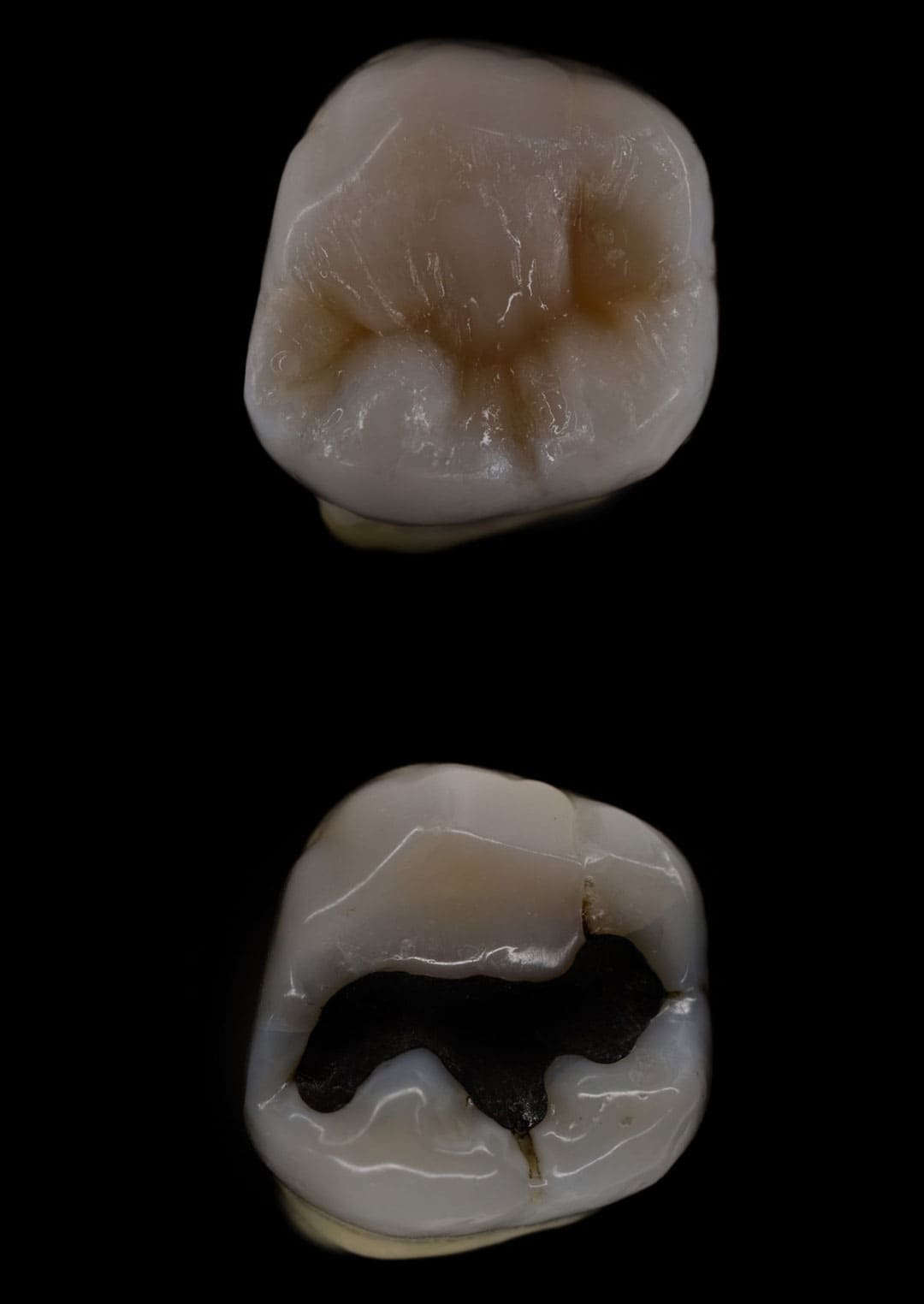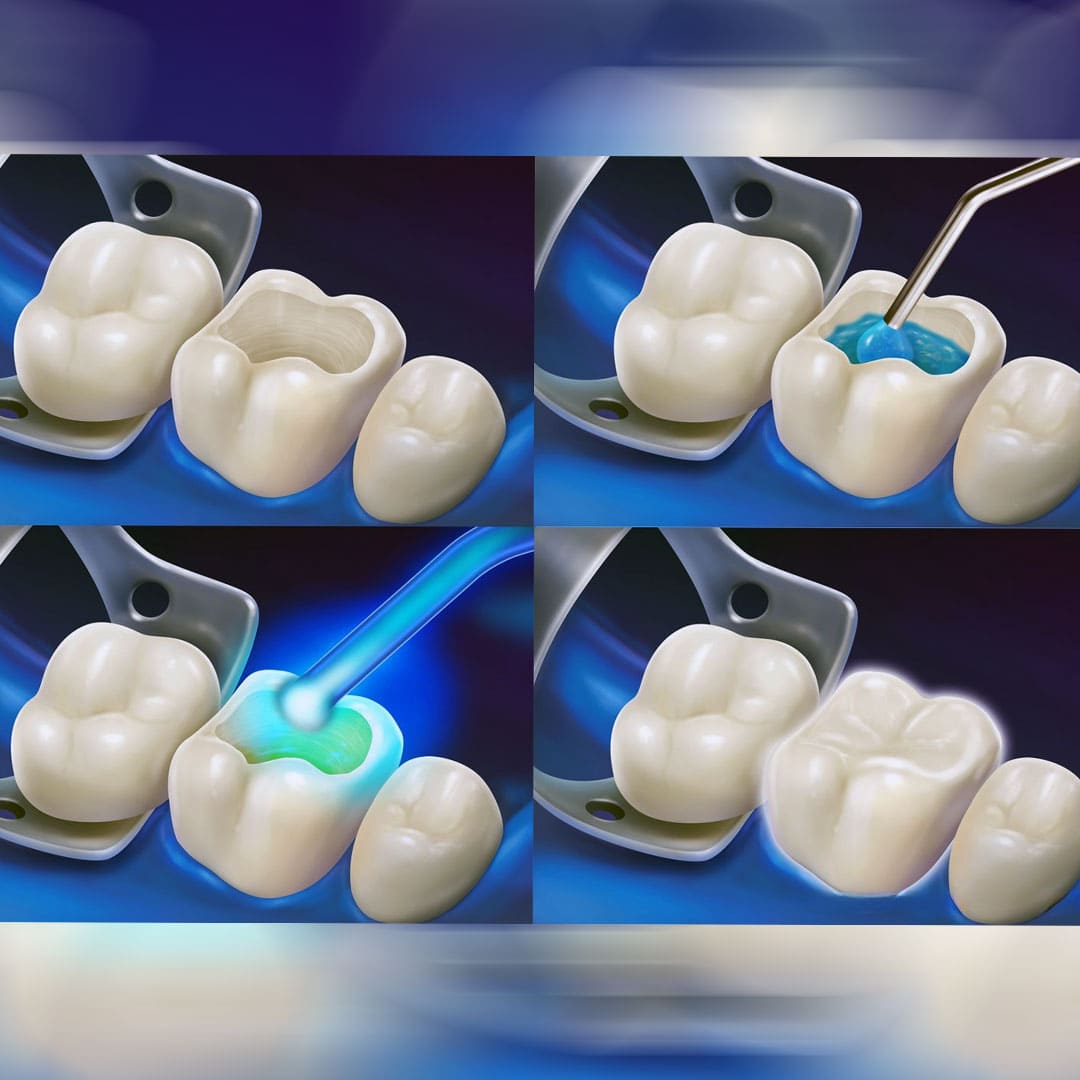
Filling
Filling
Composite Filling:
Ceramic Filling:
Amalgam Filling:
What is Tooth Decay and How Does It Occur?
Layers of the Tooth and Stages of Decay:
Mine:
The outermost layer of the tooth. The decay is initially at the enamel level and usually does not cause pain. If detected during routine check-ups, it can be treated with very little loss of tooth tissue.
Dentin:
The softer layer under the enamel. When the decay reaches the dentin, sensitivity to hot, cold and sweet foods occurs.
Pulp:
The innermost part of the tooth, containing nerves and blood vessels. When the decay reaches the pulp layer, it causes severe pain and only filling is not enough; root canal treatment is necessary.

Examination and X-ray:
Your dentist will assess the extent of the cavity.
Local Anesthesia:
Local anesthesia is applied around the tooth so that you do not feel pain during the procedure.
Cavity Removal:
The decayed tissue is cleaned with special instruments and the tooth preparation stage is started.
Filling Material Placement:
The cleaned cavity is filled and shaped with the selected filling material.
Polishing and Harmonization:
The filling is shaped and polished to match the natural shape and function of the tooth.

Things to Consider After Filling Procedure
Pain and Sensitivity:
Mild pain and tenderness after the procedure is normal. This will disappear in a few days.
Mouth Hygiene:
Brush your teeth regularly and use dental floss (regular brushing and flossing is recommended.) Pay attention to oral hygiene for the longevity of the fillings.
Checkup Appointments:
Keep track of the condition of your fillings with regular dental check-ups (this will prolong the life of the fillings).
When Should Old Fillings Be Replaced?
How Should Fillers Be Cared for?
Make an Appointment
Dental filling treatment is an important step for a healthy and aesthetic smile. Please click here to make an appointment and for more information. Contact us for healthy teeth and a beautiful smile.